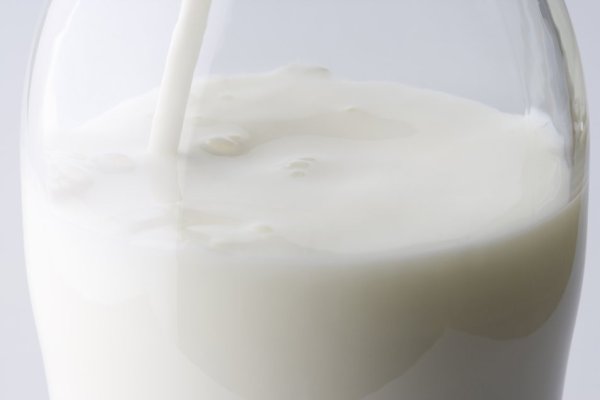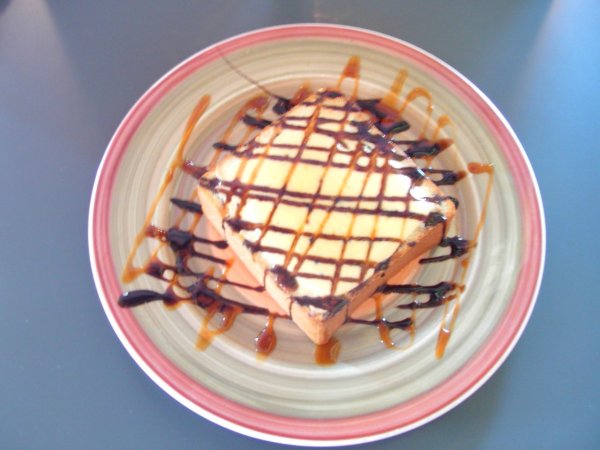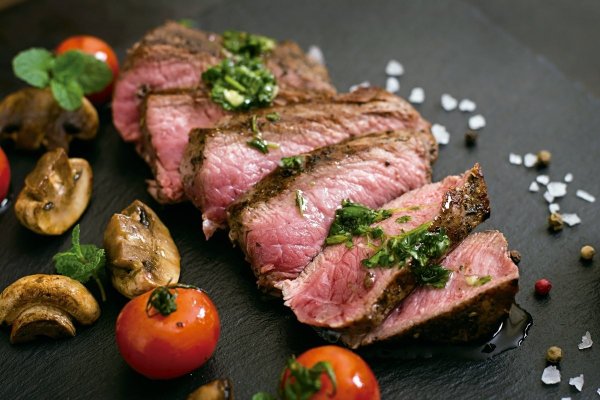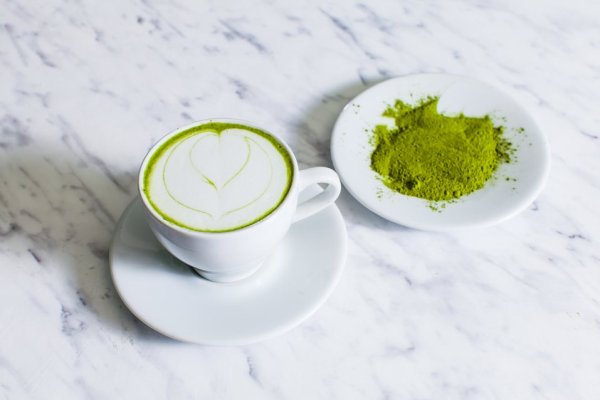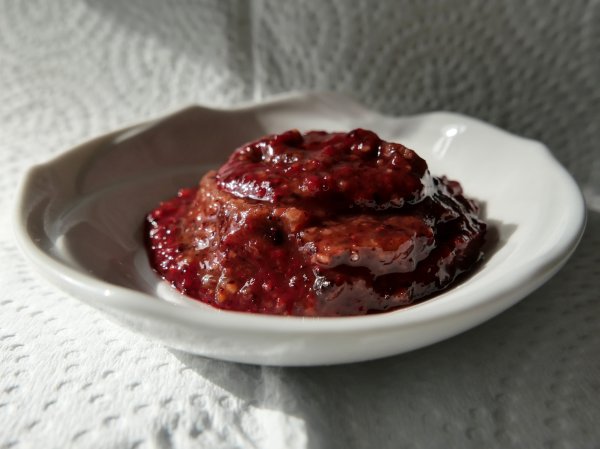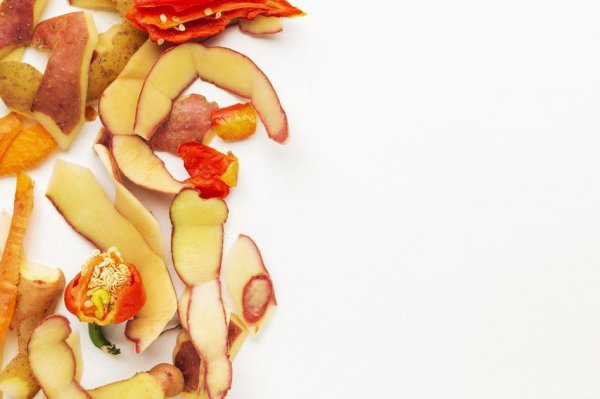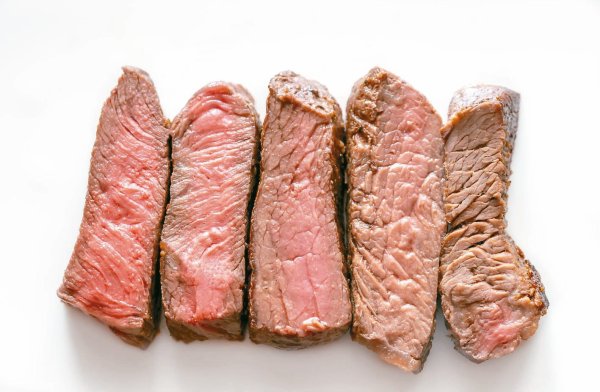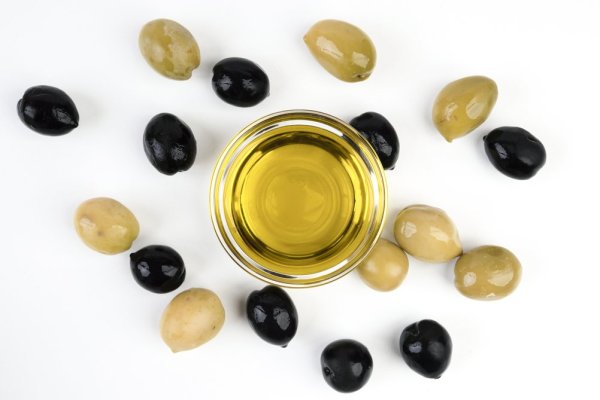Zhu Huifang/Sesame dish

Eating lettuce salad is my family’s habit for a long time. It is cold and hot all year round and is the same as it is during the Chinese New Year, so it can be considered a long-term dish.
Making lettuce salads is indispensable for all kinds of vegetable tender leaves, which is what is called baby leaves in English. Due to the storm of supermarkets, they will also sell Taiwanese-made or imported vegetable tender leaves, or even organic ones, but the price is not very popular. Fortunately, various lettuce seeds are easy to buy, especially those with a slight look, such as sesame leaves, which can be purchased in online stores or garden stores, and can be picked and eaten at home at any time.

In January this year, I rolled up my sleeves and tried to plant sesame leaves myself, and just like a friend who has planted it told me that "as long as you sow, there will be a big harvest." It can be harvested about 30 days after sowing, and pick some of them every day to add unexpected natural wild fragrance and joy to various dishes. Sesame leaves can be directly on the land, or in a flower pot, and placed in a place where there is sunshine on the sun. Before soaking small seeds in water for a day, the germination rate can be greatly improved. The seeds of sesame leaves are very small. If you spend 50 yuan, you can find hundreds or thousands of seeds. If you try hard, you can’t finish them. Lettuce is rich and saving money is to make money!
The name of sesame leaves can easily make people think that it is the sesame leaves. In fact, there is no relationship between the two at all. The sesame seeds are plants of the family marsh family and marsh family. The leaves of marsh are bitter and have no edible flavor. Sesame leaves are cruciferous vegetables, and are from the same family as mustard greens, sweet blue vegetables, white sausage, etc. that are mustard during the Chinese New Year, and they are also spicy with mustard. The slightly spicy sesame leaves are also slightly spicy, and there is also some pepper and sesame fragrance. In addition, its leaves are as delicate as flax leaves, so it may be mistaken for it to be a relative of sesame.
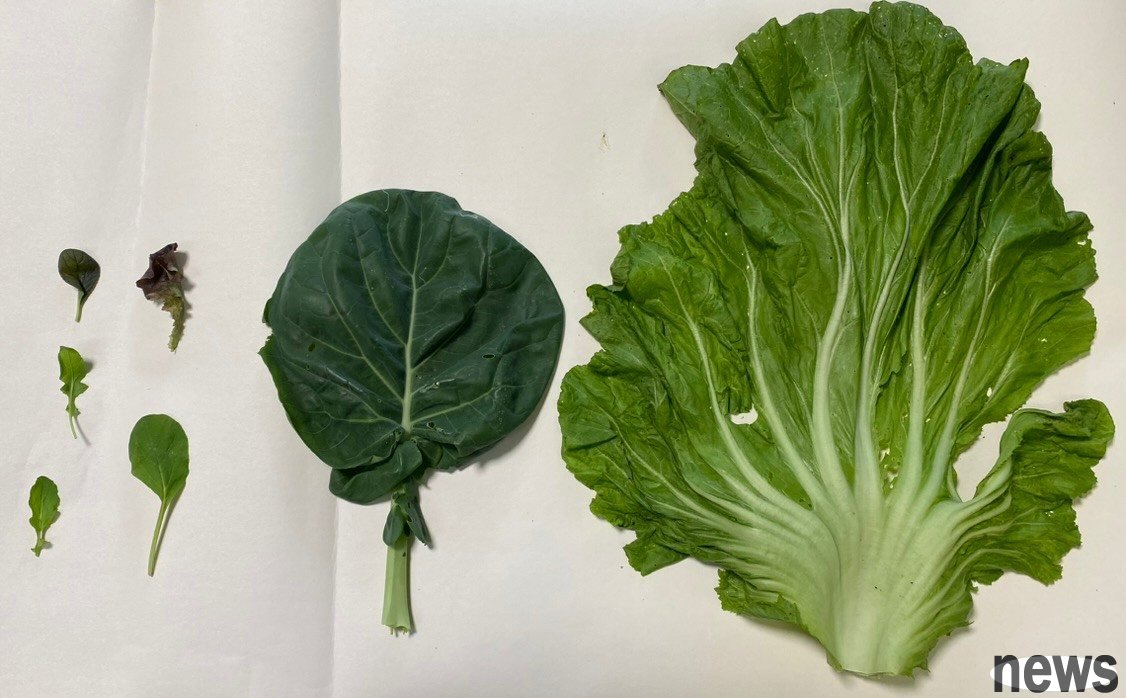
In addition to the Chinese name that is easily misunderstood, Sesame Leaf is also very special in English, and it is called Rocket. Next time you go to a restaurant or order a meal abroad, and see Rockets Pizza, Rockets salad, Rockets or something, you will definitely have a lot of sesame leaves if you see it. However, I think sesame leaves are most suitable for playing a supporting role in the cuisine. They can be paired with other types of lettuce, tomato, or other powders, protein, and dairy products that can have the added effect of green leaves red. If you are too generous and generous and have too much portion, it will be too spicy and will lose the faint taste of sesame tail and the protagonist in the plate.
In addition to being inconvenient for large-scale consumption, sesame leaves are not suitable for cooking. For one reason is that its leaf slices are delicate. After heating, it will not only shrink and stick, but also evaporate, completely losing its original characteristic charm. Although the sesame leaves are small, they are famous high-quality vegetables, just like other cruciferous vegetables, with high fiber and low heat. The best way to eat it is to eat it raw, such as spreading it on the boiled pilaf skin, put it in the egg pilaf skin, and adding it to the hot soup bowl that has just been boiled.
When it comes to hot soup, it reminds me of the Kyomizucai that is often paired with Japanese miso soup, which is also a recent product of sesame leaves. It can be seen from the English call for Kyomizucai Japanese rocket.
Common sesame leaves include round leaves and cracked leaves. The two have similar flavors, but the cracked leaves have a slightly slight flower appearance, which has the function of a plate. It is mentioned that Korean sesame leaves or Korean arugula used in Korean cuisine, which are used to make barbecue, are completely inseparable from sesame seeds from the family Huma family. However, they are closely related to the commonly seen purple purple leaves in Taiwan, and are often called green purple leaves. The sesame oil produced in Japan is actually purple sesame oil, which is not the same as the sesame oil familiar to Taiwanese people, and its taste is also different. It can only be said that the universe of food is infinitely broad and ingenious. Even sesame side dishes are different from each other.


